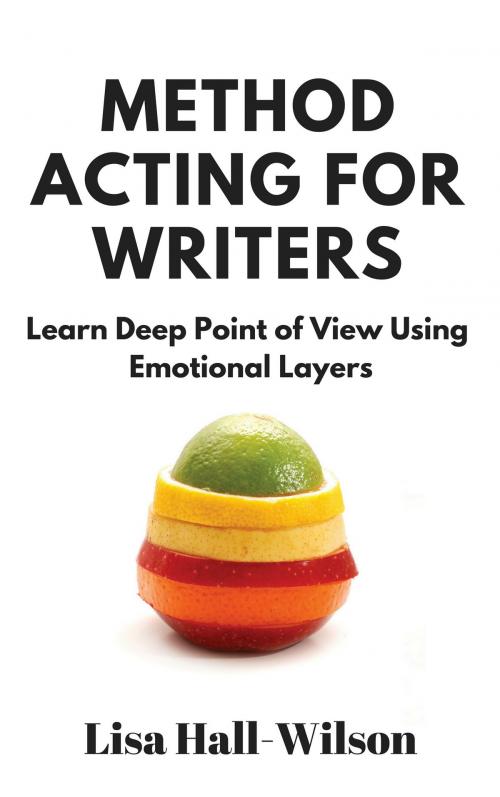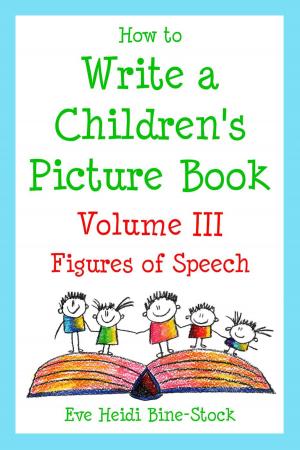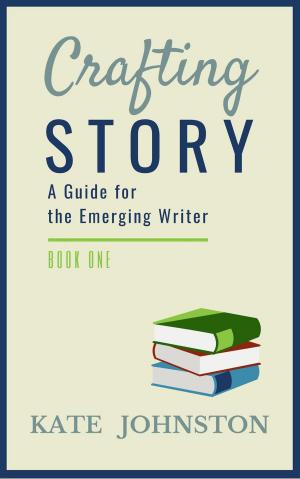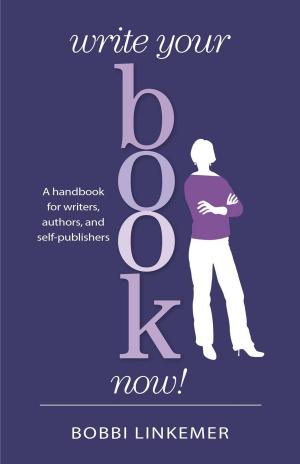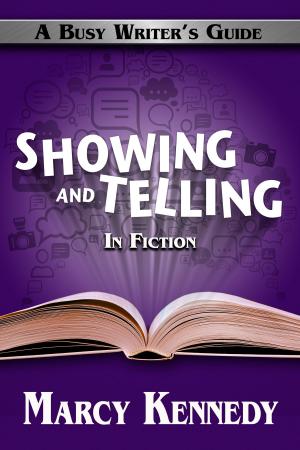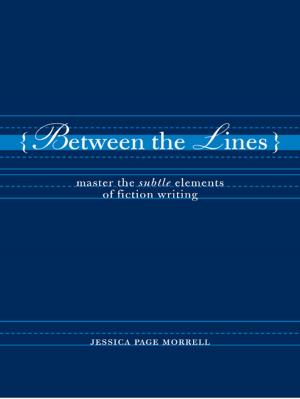Method Acting For Writers
Learn Deep Point Of View Using Emotional Layers
Nonfiction, Reference & Language, Education & Teaching, Reference, Language Arts, Writing & Publishing, Writing Skills| Author: | Lisa Hall-Wilson | ISBN: | 9780995323827 |
| Publisher: | Lisa Hall-Wilson | Publication: | July 4, 2018 |
| Imprint: | Language: | English |
| Author: | Lisa Hall-Wilson |
| ISBN: | 9780995323827 |
| Publisher: | Lisa Hall-Wilson |
| Publication: | July 4, 2018 |
| Imprint: | |
| Language: | English |
Are you struggling with writing characters readers care about? Critique partners, editors or agents saying you need to write vivid emotions? Do you want to write deep scenes emotional arcs into your stories to keep readers engaged and turning the pages?
Writing deep point of view is like handing your reader a virtual reality headset. This fiction writing technique is dynamic, visceral, and immediate. This intimate and emotive style of writing resonates with contemporary readers, if you’ve got the guts to “go there” with your characters. This writing skill isn't a difficult to master, but it requires a shift in how you tell stories and sometimes those shifts don't seem intuitive.
What Will You Learn?
Eliminate unnecessary telling
Create empathy in readers by
Create immediacy
Effectively use internal dialogue
Understand and use subtext
Strategies to make words pull double duty
Create unique character voice
Tap into your emotive memory (just like actors do)
Learn tips from psychology to write emotions with visceral authenticity
Learn layering and blending techniques for writing emotions
Identify and eliminate author intrusion
Learn effective pacing strategies to intensify emotional impact
Recognize POV breaks
Know when not to use Deep Point Of View
Recognize areas where you're not going deep enough
Learn what an emotional story arc is and how to employ it
Take this deep dive and get back to writing FAST! Put Deep POV to work on your whole novel or just key scenes for an emotional punch readers can’t resist.
Are you struggling with writing characters readers care about? Critique partners, editors or agents saying you need to write vivid emotions? Do you want to write deep scenes emotional arcs into your stories to keep readers engaged and turning the pages?
Writing deep point of view is like handing your reader a virtual reality headset. This fiction writing technique is dynamic, visceral, and immediate. This intimate and emotive style of writing resonates with contemporary readers, if you’ve got the guts to “go there” with your characters. This writing skill isn't a difficult to master, but it requires a shift in how you tell stories and sometimes those shifts don't seem intuitive.
What Will You Learn?
Eliminate unnecessary telling
Create empathy in readers by
Create immediacy
Effectively use internal dialogue
Understand and use subtext
Strategies to make words pull double duty
Create unique character voice
Tap into your emotive memory (just like actors do)
Learn tips from psychology to write emotions with visceral authenticity
Learn layering and blending techniques for writing emotions
Identify and eliminate author intrusion
Learn effective pacing strategies to intensify emotional impact
Recognize POV breaks
Know when not to use Deep Point Of View
Recognize areas where you're not going deep enough
Learn what an emotional story arc is and how to employ it
Take this deep dive and get back to writing FAST! Put Deep POV to work on your whole novel or just key scenes for an emotional punch readers can’t resist.
